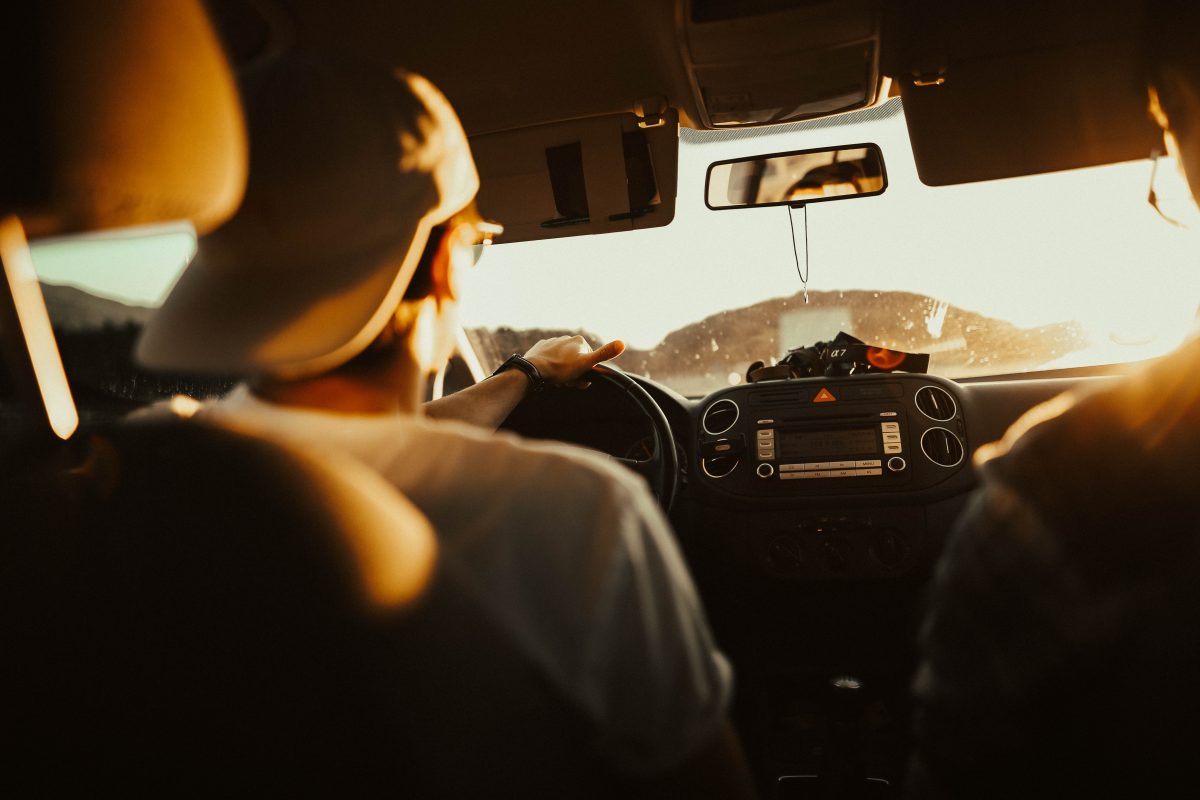Please Don’t Forget These 27 Safe Driving Tips
- Obey all speed limits and signs.
- Be attentive and drive responsibly.
- Never drive under the influence of alcohol or drugs.
- Always wear your seatbelts.
- Before driving a car, do a simple safety check. Turn on the lights and walk around the vehicle to ensure that all lights are in working order. Also check your blinkers for proper operation. Look for any fluid leaks or things hanging from the vehicle. Check that the tires are properly inflated.
- When you get into the car, adjust all mirrors and seats before placing the key in the ignition. To properly adjust the left mirror place your head against the left window and adjust the mirror so that you can just see the left side of the car. For the right, move your head towards the center of the vehicle and adjust the right mirror in the same way. When you are sitting correctly in the driver’s seat, you will not be able to see your vehicle, but your blind spots will be greatly reduced.
- Always drive with your headlights on, a car is visible for nearly four times the distance with it’s headlights on.
- Always use your turn signals.
- Pay attention to all signs
- When stopping at a stop sign, spell S-T-O-P to yourself before proceeding. Always turn your head to look left, then right, straight ahead, then left again before proceeding.
- When a light turns green, look left, then right, straight ahead, then left again before proceeding through the light. Notice all vehicles and ensure that someone else is not going to run the light.
- Keep your eyes moving. Notice what is happening on the sides of the road and check behind you through your mirrors every 6-8 seconds.
- When driving on a two-lane road that allows parking on the right, stay toward the center line to allow for room if someone were to open their door to exit their vehicle in front of your car. This forethought will help you from swerving to miss an opening door. If there is no parking allowed on the road position your car toward the right to allow for more room between you and oncoming traffic.
- Expect the other drivers to make mistakes and think what you would do if a mistake does happen. For example, do not assume that a vehicle coming to a stop sign is going to stop. Be ready to react if it does not stop. Never cause an accident on purpose, even if a pedestrian or another vehicle fails to give you the right-of-way.
- Every time that you re-fuel, check your oil and other fluid levels. Look for noticeable leaks throughout the engine compartment.
- If your car stalls on the road, do not leave your car. Put on your hazard lights to allow others to see you better. Wait for the proper authorities to come to your aid. Do not let someone talk you into leaving your vehicle.
- When traveling behind other vehicles, there should be at least a four second space between your vehicles. When the car in front of you passes a stationary object, slowly count to yourself. If you pass the object before the allotted time, you should back off. When traveling at night or inclement weather, these times should be doubled.
- Don’t talk on a cell phone while driving. Phones detract from your ability to concentrate on the road and increase your chance of a collision by nearly 400%. If you must use the phone, pull over to a safe, well-lit parking lot and place your call there. After completing your call you may continue on your way.
- When leaving for an out of town trip, be sure to give an itinerary to someone back at home with the route of travel, approximate time of arrival and a contact number at your destination. Do not deviate from this plan without informing your at-home contact. If you are traveling a long distance, check in throughout the trip with a current location and any changes in your route or times. If something were to happen, this information may be used to narrow the search.
- When being approached by an emergency vehicle, pull to the right shoulder of the road and stop.
- Carry in your vehicle, in an easy to find place, all contact numbers that you may need as well as emergency contact information, personal information and any outstanding medical needs that you may have.
- Leave early, plan to arrive 10 minutes before the appointed time. Speeding does not increase your ability to arrive on time, rather it only increases your chances of not arriving at all.
- When traveling on a multiple-lane road or highway, keep in mind that the left-most lanes are for passing only. If not actively passing a vehicle, stay in the right lanes, allowing others to pass.
- Avoid the “No-Zone” with trucks or buses — they cannot see you from many areas. Remember if you cannot see the driver in the truck’s rear view mirrors, they cannot see you! Also remember that trucks make large right turns.
- There is an old saying — “If the roads are wet, then drive like it’s snowing. If the roads are snow-covered, then drive like they’re icy. If the roads are icy, then don’t drive.” Click here for winter driving tips.
- During inclement weather, if it is necessary to reduce one’s speed, the brake should be applied slowly without making sudden moves. When making sudden moves it’s much easier to lose control of your vehicle.
- Remember as your speed increases so does your braking distance. If you double your speed, you quadruple your braking distance. If you double the weight of your vehicle, you double the stopping distance.
Please follow and like us:
